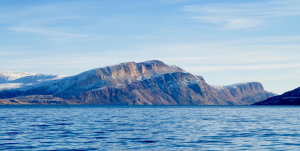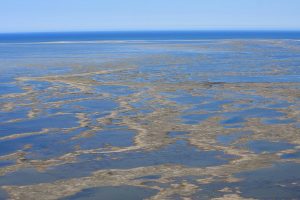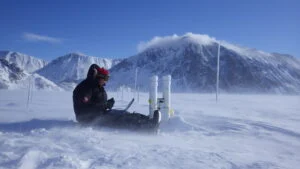
Mapping
Marine protected areas in Canada may not be as protected as we think
Marine protected areas are widely considered to be an effective tool for ocean conservation. But are they living up to their full potential?
- 409 words
- 2 minutes
This article is over 5 years old and may contain outdated information.
Places

In 1885, Prime Minister John A. Macdonald insisted that the newly discovered Banff hot springs be kept out of private speculators’ hands so the government could “frame such regulations as will make the springs a respectable resort.” His reasons for establishing Canada’s first protected area were purely commercial, but the stage was set for the addition of numerous nature reserves left “unimpaired for future generations,” as the 1930 National Parks Act put it, and ecological integrity became the cardinal rule a few decades later.
As of January 2017, Canada’s total network of more than 7,500 protected areas covers the equivalent of 11.5 per cent* of the nation’s landmass — an area the size of Spain and France combined — with more added every year.
Very little (1.3 per cent) of the country’s roughly 5 million square kilometres of ocean and Great Lakes area is protected, but since 2015, the Liberal Government has put marine conservation in the spotlight. This year will see the protection of potentially more than 100,000 square kilometres in the Arctic Ocean’s Lancaster Sound, which will go a long way in helping the feds reach their target of five per cent before the end of this year and 10 per cent by 2020.
Explore the infographic below to see how much of each of our provinces and territories is currently protected.
*Statistic includes marine protected areas and marine portions of terrestrial protected areas.

Are you passionate about Canadian geography?
You can support Canadian Geographic in 3 ways:

Mapping
Marine protected areas are widely considered to be an effective tool for ocean conservation. But are they living up to their full potential?

Environment
One of the most complex challenges for nature conservation comes from a simple question: what must we save?

Mapping
Connecting protected areas allows wildlife to roam, and is a vital part of the conservation conversation

Science & Tech
Celebrating Canadian Innovation Week 2023 by spotlighting the people and organizations designing a better future